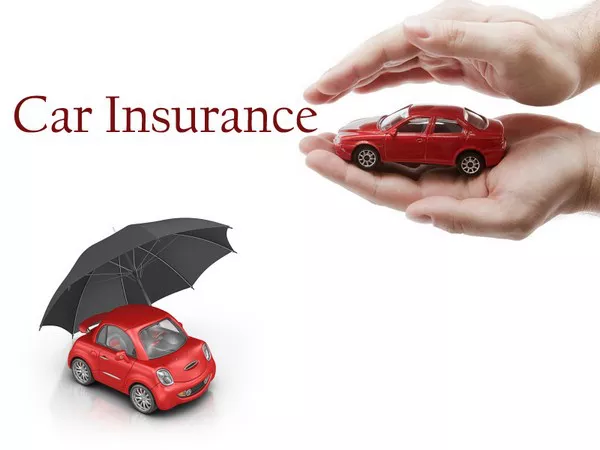In the intricate web of financial responsibilities that come with owning a vehicle, car insurance stands out as a significant and often perplexing component. Understanding the factors that influence car insurance rates is essential for motorists seeking both comprehensive coverage and cost-effectiveness. This article aims to unravel the complexities surrounding car insurance premiums, shedding light on the various elements that insurers consider when determining the cost of coverage.
Driving Record: The Roadmap to Premiums
One of the most influential factors shaping car insurance rates is an individual’s driving record. Insurers meticulously scrutinize a driver’s history, including traffic violations, accidents, and claims. A clean driving record is a golden ticket to lower premiums, as it reflects a lower perceived risk for the insurance company. On the other hand, a history marred by accidents and traffic infringements can lead to significantly higher insurance costs.
The Vehicle’s Make and Model: Decoding the Auto Equation
The type of vehicle a person drives plays a pivotal role in determining insurance premiums. Insurers assess the make, model, and year of the car to gauge its safety features, repair costs, and susceptibility to theft. High-performance cars and luxury vehicles often attract higher premiums due to their increased repair expenses and appeal to potential thieves. Conversely, safe and practical cars with advanced safety features may result in lower insurance rates.
Location, Location, Location: The Geographic Influence
Geographical location is a critical determinant of car insurance rates. Insurers consider the area in which a driver resides, assessing factors such as crime rates, traffic density, and weather conditions. Urban areas, with higher rates of accidents and thefts, tend to have elevated insurance premiums compared to rural regions. Similarly, areas prone to natural disasters or extreme weather events may experience increased insurance costs to account for the higher risk of claims.
Age and Experience: Navigating the Age Spectrum
Age and driving experience are intrinsic factors that insurers use to assess risk. Young and inexperienced drivers typically face higher insurance premiums due to their perceived higher likelihood of accidents. As drivers gain experience and a clean driving record, insurance rates tend to decrease. However, as drivers enter their senior years, insurance costs may rise again, reflecting the increased susceptibility to accidents associated with age.
Credit Score: The Financial Compass
In the realm of car insurance, financial responsibility extends beyond the road. Many insurers consider an individual’s credit score when calculating premiums. A higher credit score is often associated with greater financial stability, leading to lower insurance rates. Conversely, a lower credit score may result in higher premiums, as it is perceived as an indicator of financial risk.
Coverage Limits: Balancing Act of Protection
The level of coverage a driver selects directly impacts insurance premiums. Choosing higher coverage limits and lower deductibles provides greater protection but comes with a higher price tag. On the other hand, opting for lower coverage limits and higher deductibles can reduce premiums but may leave drivers exposed to higher out-of-pocket expenses in the event of a claim. Striking the right balance between coverage and cost is crucial for finding an insurance policy that aligns with individual needs and budget constraints.
Annual Mileage: The Distance Quotient
The number of miles driven annually is a significant variable in the insurance rate equation. Drivers who cover fewer miles are often deemed to be at a lower risk of accidents, leading to lower insurance premiums. Some insurers offer discounts for policyholders who maintain low annual mileage, recognizing the reduced exposure to potential claims.
Marital Status: The Union of Rates
Surprisingly, marital status can influence car insurance rates. Married individuals, statistically deemed to be more responsible and less prone to accidents, may enjoy lower premiums compared to their single counterparts. Insurers often consider marital status as one of the factors indicative of a driver’s stability and risk profile.
Multi-Policy Discounts: Bundling for Savings
Insurance providers frequently offer discounts to policyholders who choose to bundle multiple insurance policies with the same company. Combining auto insurance with homeowners or renters insurance can lead to substantial savings. This practice not only simplifies administrative processes but also strengthens the insurer-policyholder relationship, often resulting in more competitive rates.
Conclusion
In the intricate realm of car insurance, numerous factors converge to determine the elusive premium amount. While some variables are beyond a driver’s control, understanding the factors that insurers consider empowers individuals to make informed decisions. Maintaining a clean driving record, selecting the right vehicle, and leveraging available discounts are strategic steps towards securing affordable and comprehensive car insurance coverage. As motorists navigate the insurance landscape, knowledge becomes their most potent tool in unlocking the mysteries of what truly affects car insurance rates.


